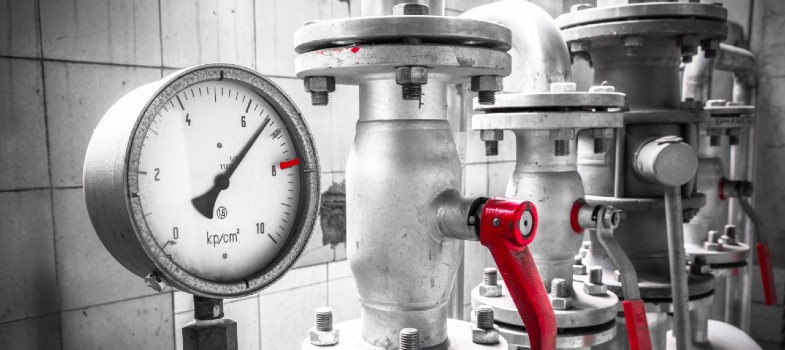Transcript: The fundamental and derived SI units
The fundamental SI units - the ones used to define all parameters - are kilogrammes for mass, metres for length and seconds for time. All hydraulic parameters can be defined in these units. So, for example: mass flow has units of kg per second, and volume flow has units of metres cubed per second. Looking at the fundamental properties of the fluid itself: density has units of kilogramme per metres cubed, and viscosity - which is a pretty important parameter in fluid dynamics - has units of kilogrammes per metre per second.
Now let's look at the key derived SI units: these are the ones based on the fundamental SI units and which define other key parameters.
Force is mass times acceleration, so a Newton takes units of kilogramme metres per second squared. Pressure is force over area, so it takes units of kilogrammes per metre per second squared (that's a Pascal). Energy, in Joules, is force times distance and so takes units of kilogramme metre squared per second squared. And power is change of energy with time, so a Watt is a kilogramme metre squared per second cubed.
These parameters are all inter-related. For example, Volume flow is mass flow divided by density. Viscosity is defined by the stress per unit velocity gradient. Well, stress is a type of pressure, so it takes units of kilogrammes per metre per second squared. Velocity gradient is the change in velocity with distance, so it takes units of velocity - that's metres per second - divided by distance in metres. That's meters per second per metre - which just leaves inverse seconds. So, viscosity is pressure divided by inverse seconds - which is the same as pressure times seconds.
So, summing up, water systems and processes are defined by fundamental parameters which are to a large extent inter-related. And it's always possible to check the maths by checking the units: if the units are correct, then there's a reasonable chance that the maths is too.
Last modified: Friday, 19 June 2020, 1:43 PM
